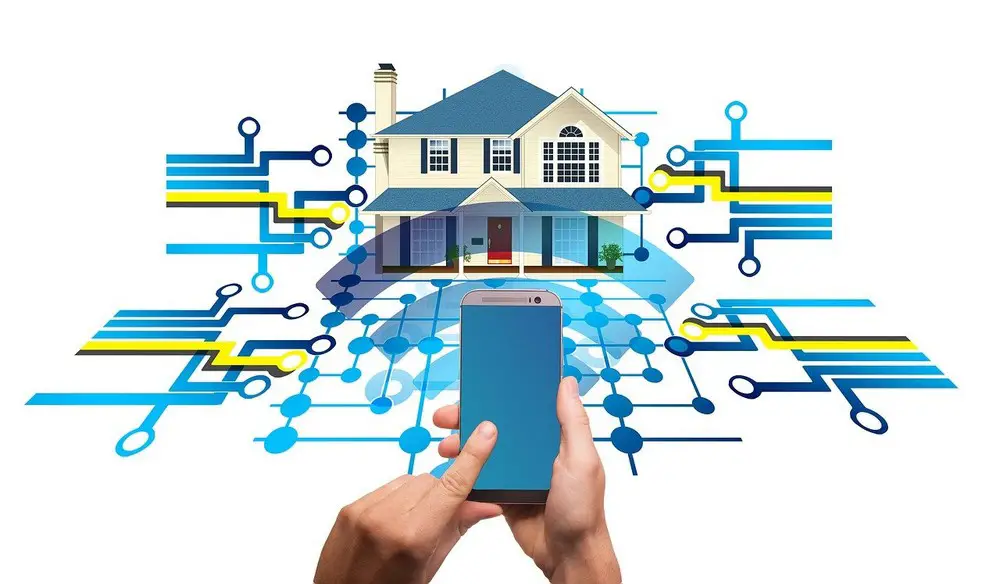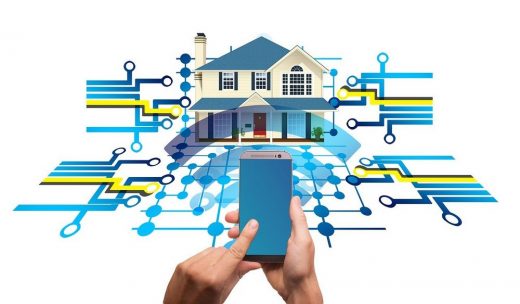Designing Security Into the Modern Home Guide, Building safety design tips, Online secure property advice
Designing Security Into the Modern Home
19 Mar 2021
The cost of integrating a wide range of security options into modern home design has dropped precipitously over the last decade, as the costs of both the hardware and software have become more accessible to a much larger market. Architects and home builders are, therefore, thinking more carefully about how to design and construct homes with security concerns and features in mind.
Designing Security Into the Home Advice
They are also carefully considering how to best go about building and strategizing the homes of the future with respect to the changing security needs and challenges of an increasingly digitally integrated world and what that means for total home security. Below are tips for designing security into the modern home.
Sightlines
A lot of modern home security and home security systems are based around visual representation. That is to say, being able to see who is at your front or back door, who is pulling into your driveway, who is at your mailbox etcetera. All of this is paramount to the perception of safety and security while in or out of the home.
A sightline includes everything that you are able to see directly in front of you and they have both positive and negative connotations. Good sightlines are those which give a homeowner a view of things that they would want to see and negative sightlines, correspondingly, do the opposite. The golden rule with sightlines where home security is involved is to design in a way that allows homeowners to see who is approaching their home from all sides while still hiding private spaces in the home.
Illumination
Illumination in the third decade of the 21st century generally means smart home lighting, if we are talking about home security. Exterior lighting should accentuate the interior design and features of a home while also providing illumination and especially motion-sensitive illumination of main thoroughfares. What’s more, exterior lighting should be designed and placed in such a way that if and when lights do come on at night, they provide adequate illumination of the area without intruding upon the sense of privacy and tranquillity inside the home.
A sufficient ceiling room by front doors for the installation of motion-sensitive pot lights, for instance, is a good indication of a modern home that has been designed with both security and comfort in mind. Additionally, lighting often works in conjunction with automated camera systems, so design with the needs of wireless internet connections in mind is another architectural consideration to make when thinking about the layout and materials of a home.
Strong Territorial Reinforcement
The idea behind territorial reinforcement is that the physical design of a building should create or further the control or influence that the owners and occupants have. This can include, in addition to space for strategic lighting, designing spaces for security fences, alarms, locks, and door entry systems, enabling homeowners to maximize control over their points of entry and enhance deterrence measures.
Crime prevention through adherence to this principle of environmental design aims to anticipate and preempt the thought processes of criminals and criminal behaviour with respect to breaking and entering and burglary. Crime is discouraged through strategic architectural practices rather than through advertising the presence of home security and crime prevention on or around the home.
The Future
Modern home design and designers often speak about the need to “future proof,” which is to say the need to make sure current design anticipates the needs of the future. These needs include ones concerning evolving home security concerns in urban and suburban environments and design that makes it easy to use and integrate the wide variety of IoT and smart home security devices.
Functionality is a foundational principle of design and one of the primary functions and concerns of the modern home is the protection and security of its inhabitants. The world is becoming an increasingly unequal, tumultuous, chaotic place. Desperation and resentment under these conditions will only increase and designers must keep these lamentable trends in mind when envisioning and drafting design plans.
Designing security into modern homes Conclusion
A new home is much more than just a place of residence, it is increasingly where people are spending much more of their time working, raising their families, schooling their children, consuming their entertainment and living their lives. There is more to fortify in the modern home and more opportunities than ever for people to access and integrate smart home security systems into their lives.
Design now and well into the future will need to take these considerations seriously, constantly looking for ways to use environment, sightlines, light, material and space to create homes that are inherently set up for security.
Image source: pixabay.com
Comments on this guide to designing security into the modern home article are welcome.
Security
Security Posts
Video intercom system for apartments
What are some of best home security products
Installing a home security system guide
Home Articles
Residential Architecture
Comments / photos for the Designing security into the modern home advice page welcome






